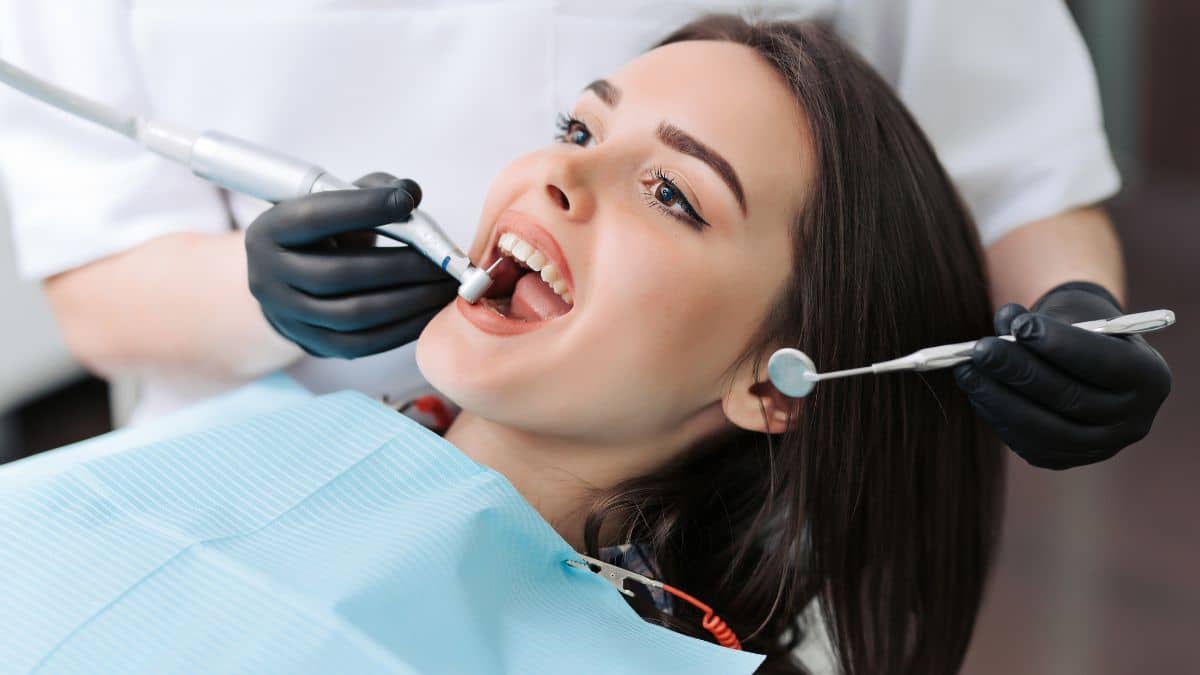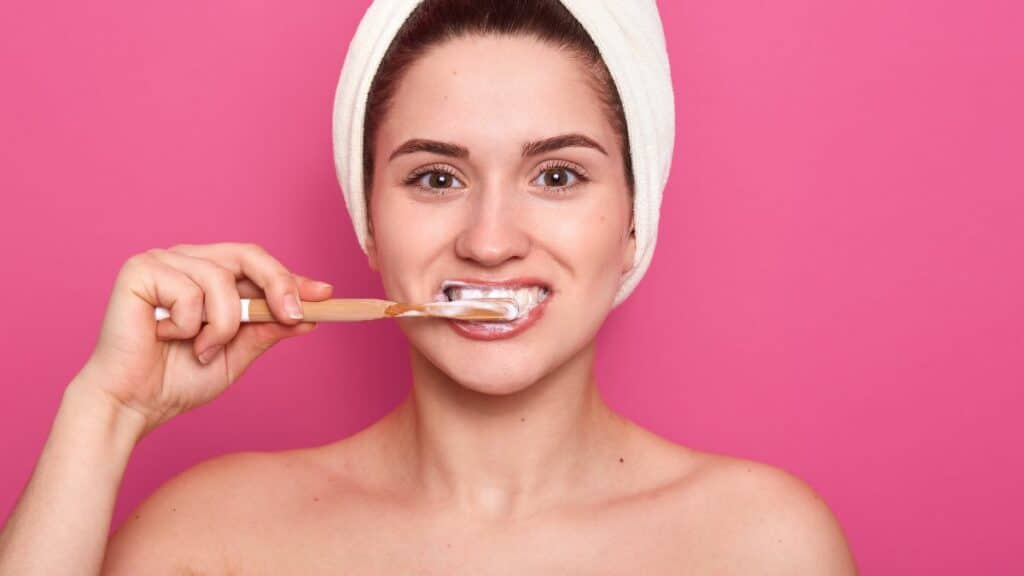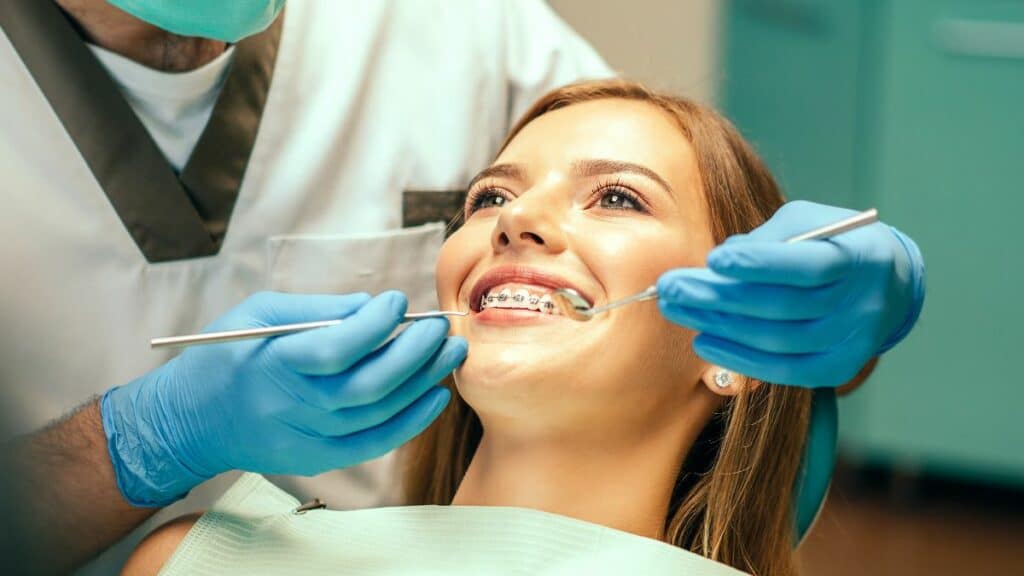If you’ve ever found yourself wondering, “Is it painful to get teeth cleaned?” you’re not alone. It’s a common question that many of us have before we head into the dentist’s office for our routine cleanings. The answer is typically no – getting your teeth cleaned should not be a painful process. However, discomfort can arise if there are issues like gum disease or cavities present.
The key thing to remember here is that regular dental cleanings are designed to prevent problems and maintain oral health – they shouldn’t cause pain. If you’re experiencing sensitivity or discomfort during your cleaning, it might indicate underlying issues that need addressing.
Now let me clarify this a bit further: when I say ‘pain’, I’m referring to any intense, sharp sensation that makes you want to jump out of the dental chair! Minor discomfort? Yes, sometimes – especially if it’s been awhile since your last visit or if plaque and tartar buildup is significant. But severe pain? That’s usually not part of the package deal with professional teeth cleanings.
Understanding Teeth Cleaning Process
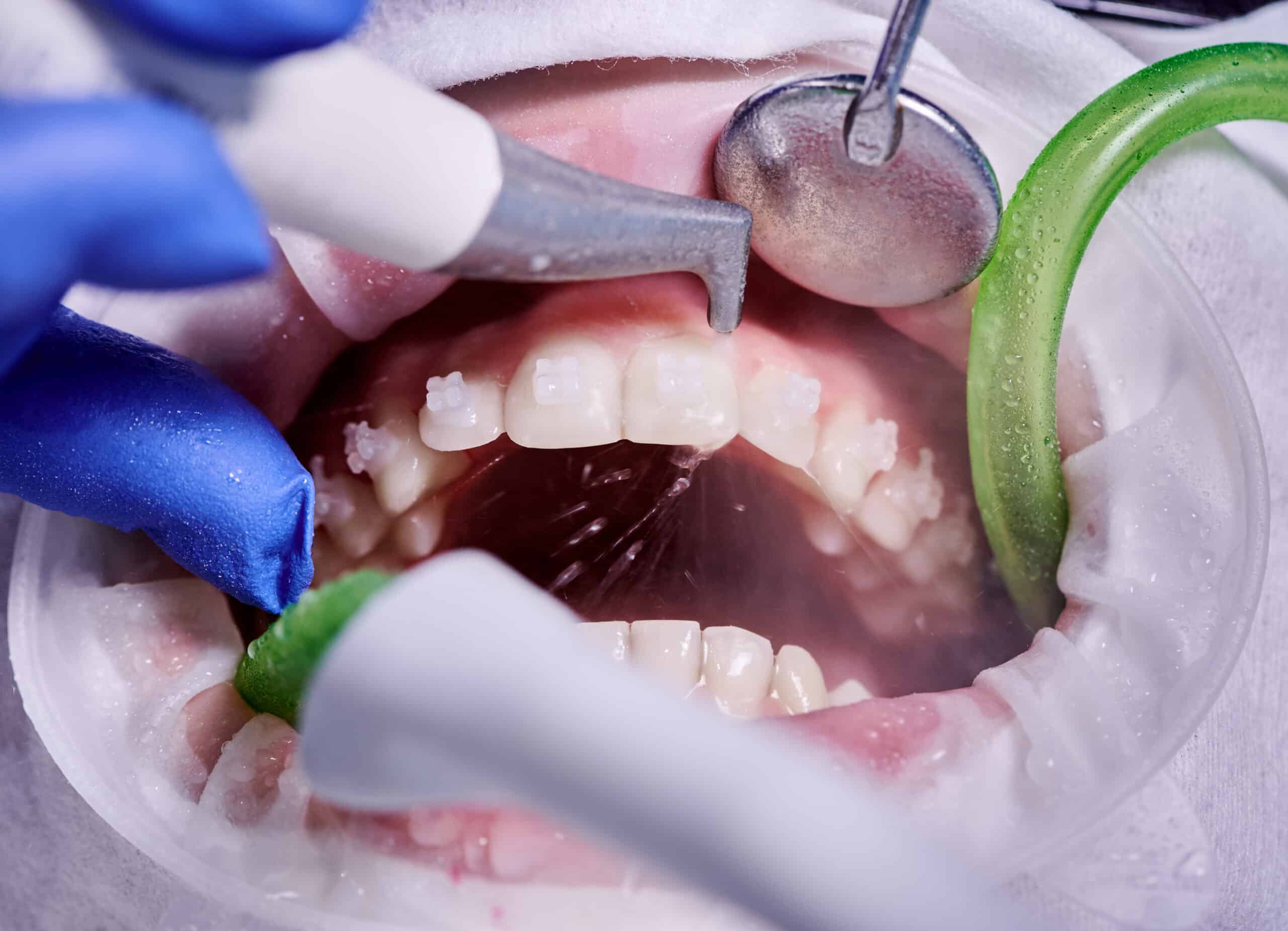
Let’s dive right into the nitty-gritty of teeth cleaning. It’s a routine procedure, yet many people find themselves asking: “Is it painful to get my teeth cleaned?” To answer that question, we need to understand what exactly happens during this dental process.
Typically, your dentist or dental hygienist starts with an examination of your oral cavity. They’re checking for signs of inflammation or other potential concerns in your gums and teeth. This part is generally painless unless there are severe issues such as gum disease present.
Next up is plaque and tartar removal – perhaps the most infamous part! Using specialized tools like scalers, they scrape off these unwanted guests from the surface of your teeth and below the gum line. If you’ve ever heard a scraping sound at the dentist’s office, now you know what it was! Here’s where some discomfort may occur if tartar build-up is substantial or if you have sensitive gums.
Then comes polishing using a high-powered electric brush and gritty toothpaste — think deep cleaning for stubborn stains on your pearly whites! The sensation can feel odd but isn’t usually painful unless sensitivity issues exist.
Rinsing thoroughly ensures no debris remains in your mouth before fluoride treatment commences. This final step provides defense against cavities till next visit – like protective armor for those chompers!
- Examination
- Plaque & Tartar Removal
- Polishing
- Rinsing
- Fluoride Treatment
So there you have it; that’s what goes down when getting those gnashers professionally cleaned!
What to Expect During a Dental Cleaning
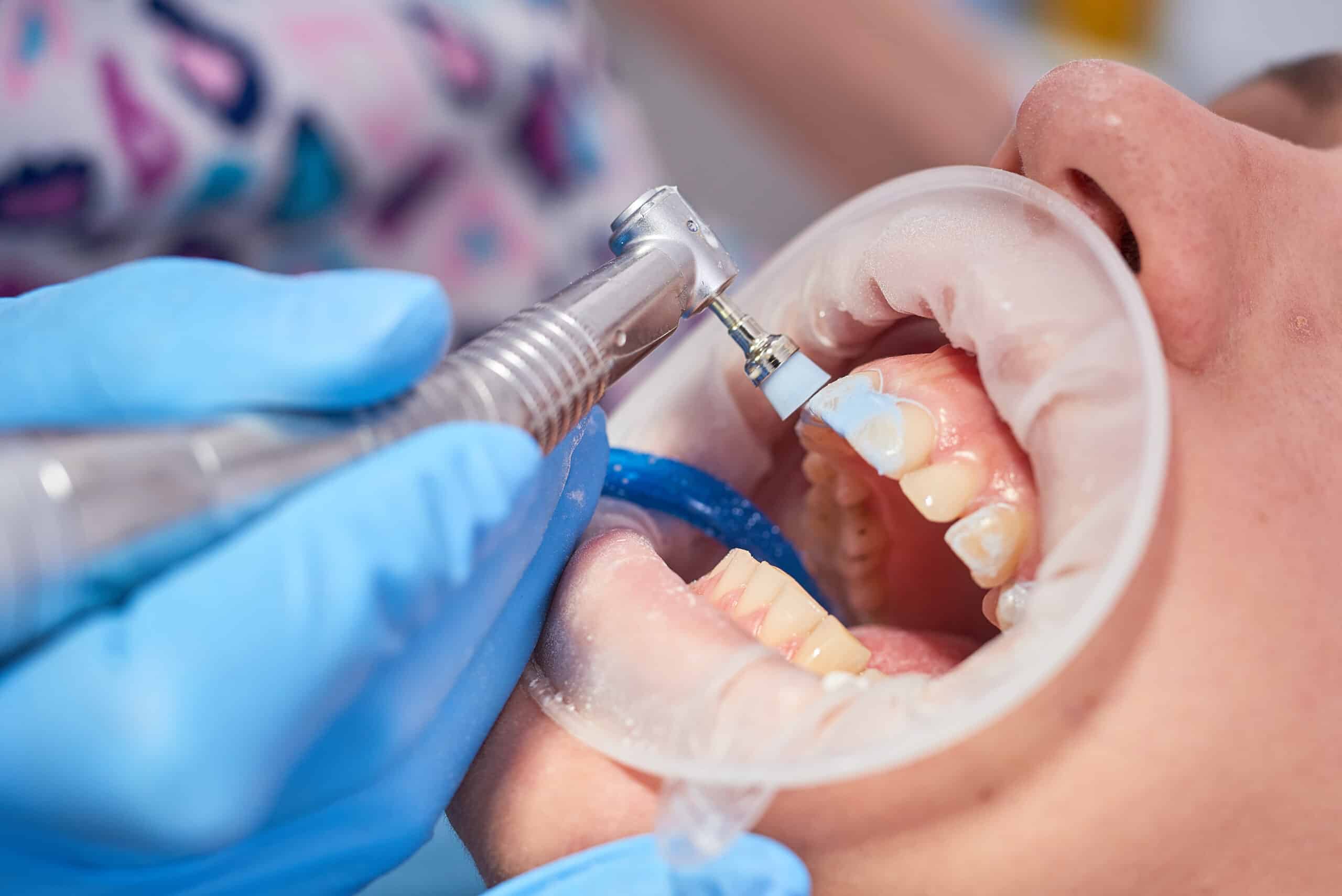
Let’s talk about what you might experience during a dental cleaning. To begin with, it’s important to understand that every mouth is unique. So while I’ll outline the general steps involved, your dentist may tailor the procedure based on your specific needs.
Typically, you’ll start off with an oral exam. Your dentist will inspect your teeth and gums for any signs of gum disease or other issues using a small mirror. If everything looks good, they’ll move on to the actual cleaning.
The main event in any dental cleaning is plaque and tartar removal. The hygienist uses a scaler—a handheld device that vibrates at high frequencies—to scrape off these deposits from around your gum line and between your teeth. You might hear some scraping sounds during this process; don’t worry! It’s normal.
After the scaling process comes polishing time—my favorite part! Here, they use a gritty paste (kinda like fancy toothpaste) and an electric brush to give you those shiny pearly whites we all covet so much!
Finally comes flossing—you know how this goes! But professional flossing can help remove anything left behind by brushing or scaling…and trust me—it feels pretty great!
And there it is—the typical rundown of what happens during dental cleanings:
- Oral exam
- Plaque & tartar removal
- Polishing
- Flossing
Remember though: everyone’s experience can differ slightly due to individual oral health conditions.
Factors That Can Influence Pain During Teeth Cleaning
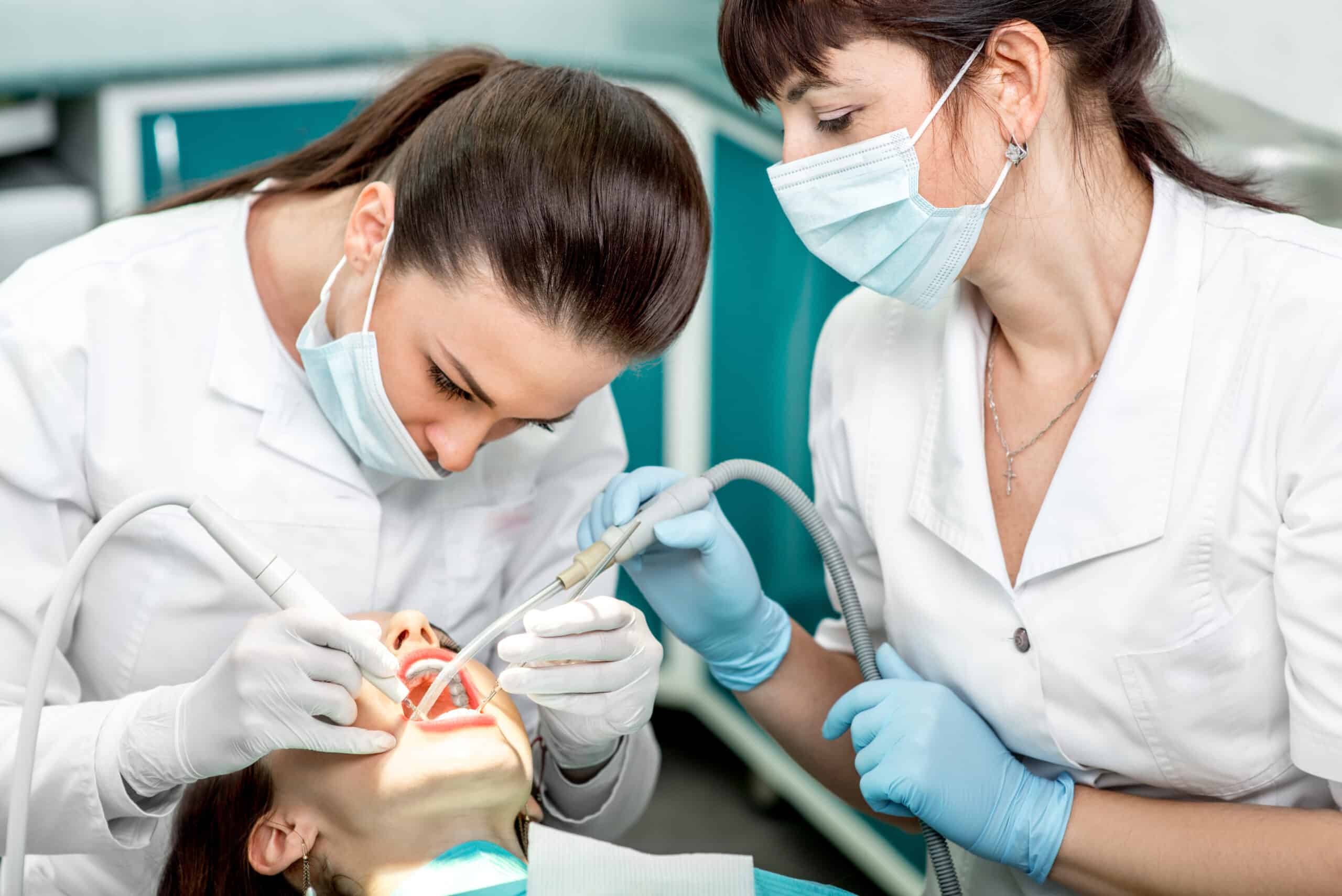
Let’s dive into the factors that can influence pain during teeth cleaning. The first and perhaps most obvious factor is the condition of your oral health. If you’ve got gum disease, cavities, or other dental issues, it’s likely to be more painful when those sensitive areas are cleaned.
Another key factor is sensitivity. Some folks have more sensitive teeth than others due to thin enamel or exposed roots. For these individuals, even a routine cleaning can cause discomfort.
The technique used by your dentist or hygienist also plays a part in how much discomfort you might experience during a cleaning session:
- Gentle touch: A professional who uses gentle techniques will minimize any potential pain.
- Aggressive approach: On the flip side, an overly aggressive approach could lead to unnecessary discomfort.
Next up on our list of influencing factors: your personal tolerance for pain! This varies greatly from person to person – what one individual finds mildly uncomfortable may be downright painful for another.
Lastly but importantly is fear and anxiety about dental procedures which often leads us feeling tense and hypersensitive making us perceive normal sensations as painful ones!
Remember everyone’s experience with getting their teeth cleaned can vary greatly based on these factors. By understanding what affects this process you’ll feel better prepared when it’s time for that next trip to the dentist!
How to Minimize Discomfort in Dental Cleanings
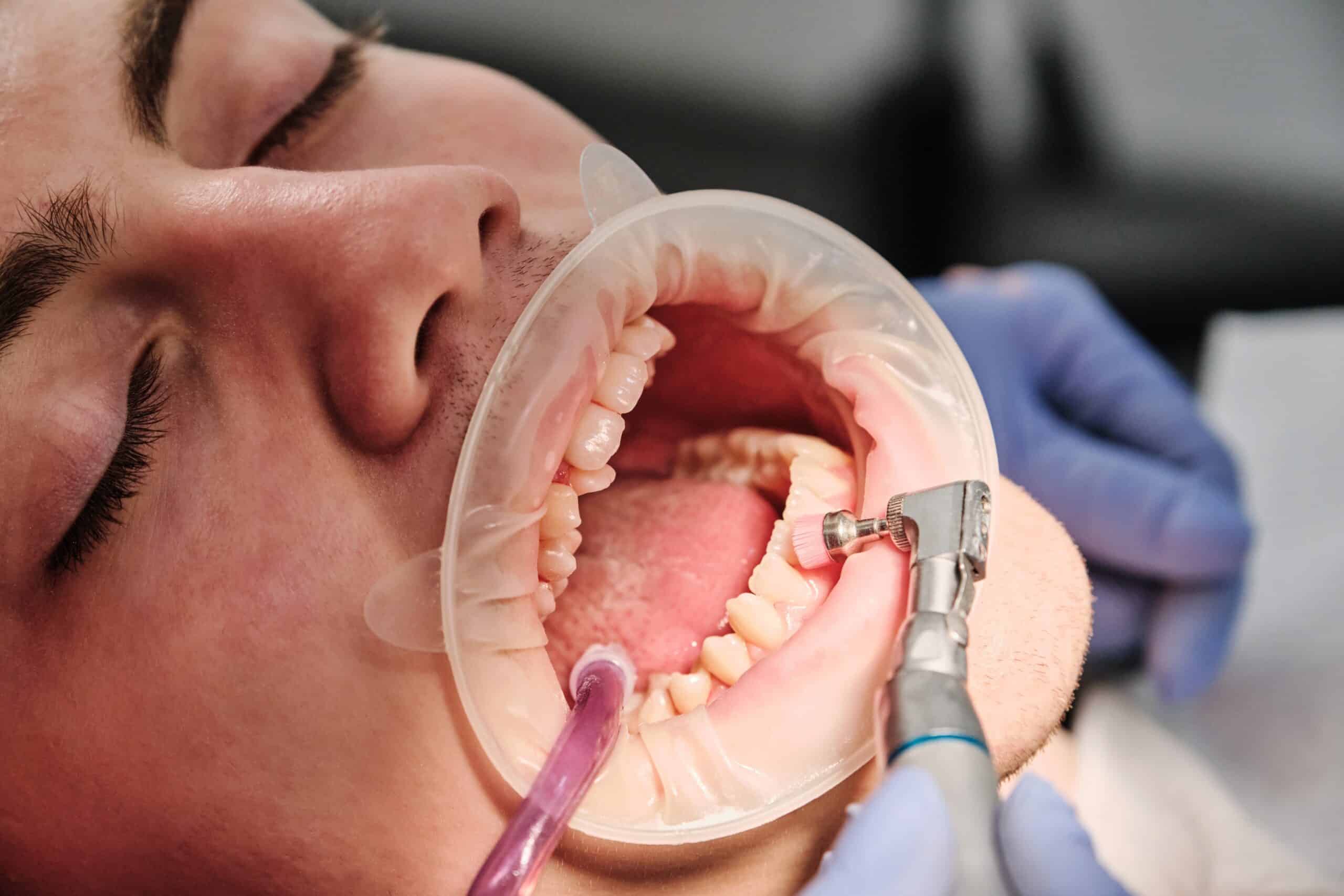
I get it, not everyone is a fan of dental cleanings. Some might even dread the mere thought of lying back in that chair with the bright light shining down and those odd-looking instruments poking around. But here’s some good news – there are ways to lessen any discomfort you might feel during your next cleaning appointment.
One easy way to keep things as painless as possible is by maintaining a regular oral hygiene routine at home. That means brushing twice daily, flossing once per day, and using mouthwash regularly can help prevent plaque buildup which makes cleanings easier and less painful.
Next on my list would be clear communication with your dentist or hygienist about any discomfort or anxiety you’re feeling before they begin their work. They’re there to make this process smooth for you, so don’t hesitate letting them know if something doesn’t feel right.
Another tip I have up my sleeve involves timing your appointments strategically: try scheduling them first thing in the morning when you’re still fresh and less likely to be stressed out from other daily activities.
You could also consider asking for numbing gels or local anesthesia if sensitivity is an issue for you; these can go a long way toward making sure those sharp tools don’t cause unnecessary distress.
Lastly but equally important- remember that deep breathing exercises are incredibly useful when trying cope with anxiety surrounding dental procedures! These exercises can relax both body mind alike thus reducing overall level of discomfort experienced during cleaning session.
To sum up:
- Maintain good oral hygiene at home
- Communicate openly with your dentist/hygienist
- Schedule appointments early in the day
- Ask about numbing options
- Practice deep breathing techniques
By incorporating these tips into your routine, I believe anyone can make their next teeth cleaning experience much more tolerable!
Common Misconceptions About Pain in Teeth Cleanings
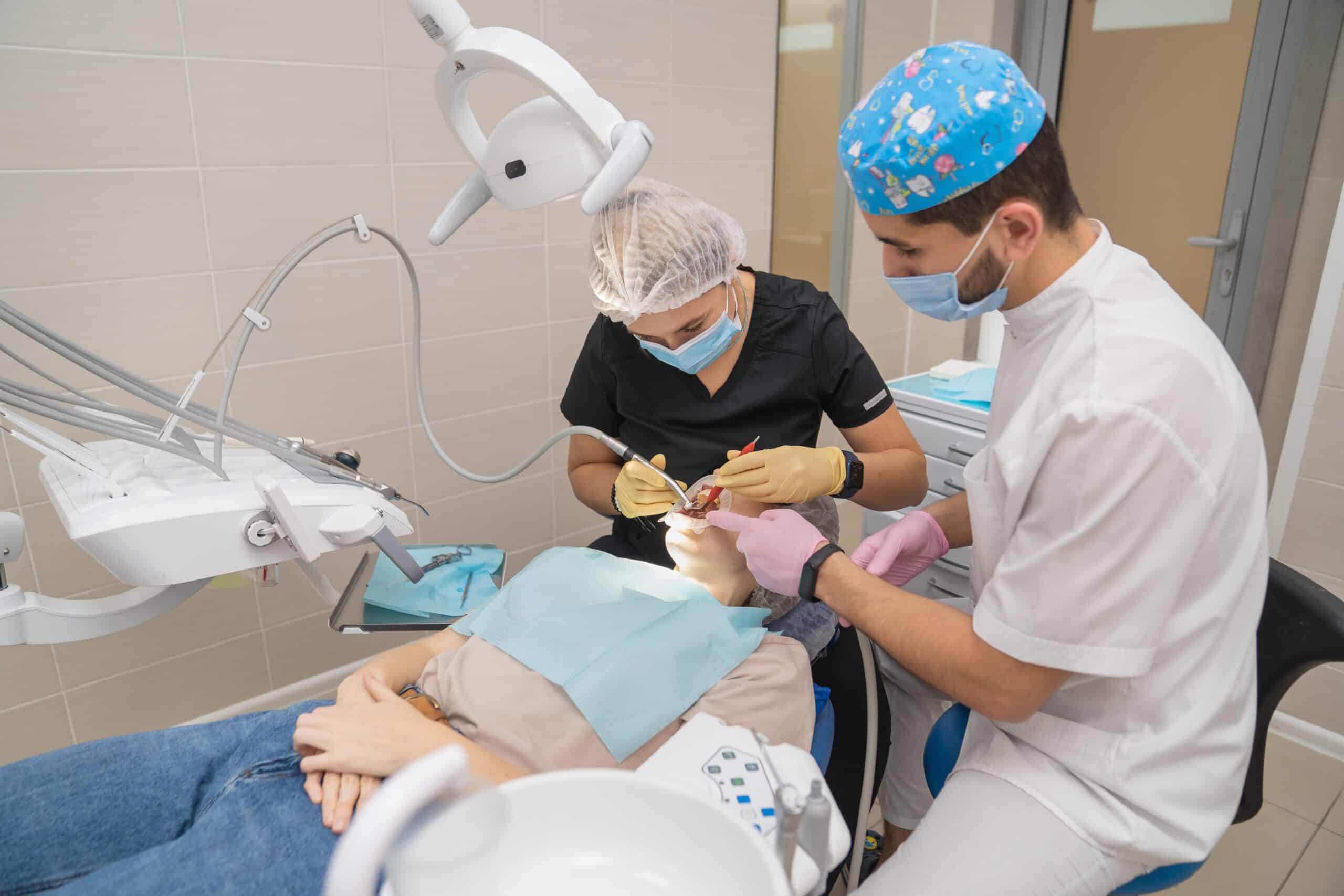
Let’s bust some myths about teeth cleanings, shall we? A common misconception I often hear is that teeth cleaning is a painful process. Contrary to popular belief, the discomfort you may experience during a dental cleaning procedure is typically minimal.
Firstly, it’s important to note that pain isn’t an inherent part of the teeth cleaning process. In fact, most people report feeling nothing more than a tickling sensation or mild pressure during their visit to the dentist for this routine maintenance. The instruments used are designed to gently remove plaque and tartar buildup without causing damage or pain.
Another prevalent myth I’ve come across suggests that if your gums bleed during the procedure, it means your dentist was too rough. This couldn’t be further from reality! Bleeding gums are usually indicative of gum disease – not aggressive dental work. It’s essential for us all to understand that regular professional cleanings can help prevent gum diseases rather than causing them.
Yet another fallacy revolves around the notion that once you start getting professional cleanings regularly, you can’t stop because your teeth will become ‘addicted’ and get worse off if you do stop these visits – now let me tell ya’, this just ain’t true! Your oral health won’t deteriorate due solely because of halted routine check-ups; although they’re highly recommended as prevention always trumps cure!
Finally comes our last debunked myth: “The more frequently I have my teeth cleaned professionally; The healthier my mouth will be.” This statement isn’t necessarily accurate either! While regular dental visits are indeed crucial for maintaining oral health; overdoing it won’t offer additional benefits and might even lead to sensitivity issues due unnecessary enamel abrasion caused by excessive polishing.
So folks there you have it – Don’t let these misconceptions hold you back from prioritizing your oral hygiene!
Benefits of Regular Professional Teeth Cleanings
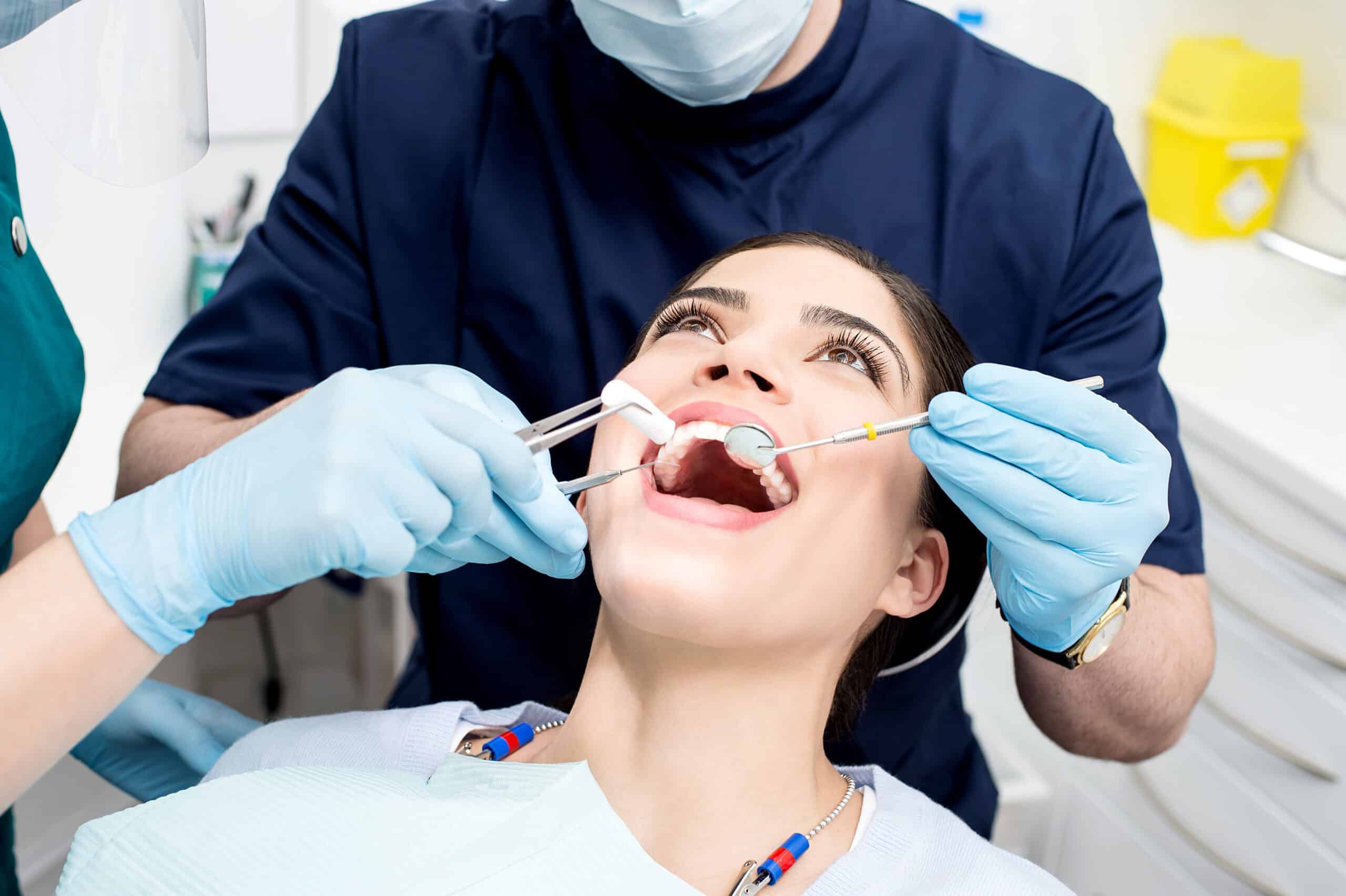
Let’s face it, regular professional teeth cleanings are not just about maintaining a radiant smile. They also play an integral part in keeping our oral health in check. When you have your teeth professionally cleaned, you’re essentially giving your mouth a fresh start.
One significant advantage is the prevention of gum disease. This is an infection that harms the gums and bone structure supporting the teeth, leading to tooth loss if left untreated. Regular cleaning helps remove plaque buildup – the primary culprit behind gum disease.
Here’s something else I’ve noticed: professional cleanings can help detect early signs of problems such as broken fillings and fractures before they escalate into more serious issues like cavities or abscesses.
- Plaque Buildup: 70% reduction
- Gum Disease Risk: 50% decrease
| Benefit | Reduction |
|---|---|
| Plaque | 70% |
| Gum Disease Risk | 50% |
Moreover, having routine dental cleaning could significantly improve bad breath by getting rid of food particles stuck between our teeth and any bacteria that might be lingering on our tongue or around our gums.
Finally, don’t overlook how these regular visits provide opportunities for dentists to conduct oral cancer screenings. This proactive approach could potentially save lives!
In summary:
- Helps prevent gum disease
- Detects early signs of dental problems
- Improves bad breath
- Provides opportunity for oral cancer screening
So yes! It turns out getting your pearly whites cleaned regularly doesn’t only leave them sparkling but also contributes significantly towards preserving good oral health.
Expert Tips for a Painless Dental Visit

I’ll be the first to admit that a trip to the dentist can sometimes make us feel uneasy. But fear not! There are ways you can ensure your dental visits are as painless as possible. Let’s delve into some expert tips that will help take the sting out of those cleanings.
Firstly, don’t underestimate the power of proper oral hygiene at home. Regular brushing and flossing keep your teeth and gums in top shape, reducing sensitivity during cleanings. The American Dental Association recommends brushing twice daily and flossing once a day.
Secondly, communication is key! Don’t hesitate to speak up about any concerns or fears you have before or during treatment – it’s essential for your comfort and peace of mind. Dentists aren’t mind readers; they rely on patient feedback to adjust their techniques accordingly.
Next on our list: consider using desensitizing toothpaste prior to appointments if you experience discomfort due to sensitive teeth or gums. It helps block pain signals from nerve endings in your teeth, making cleaning procedures less uncomfortable.
If anxiety is causing most of your discomfort, ask about sedation options available at your dental office – these could range from nitrous oxide (laughing gas) for mild anxiety through IV sedation for more severe cases.
Lastly but certainly not least, regular visits allow dentists catch potential problems early when they’re easiest (and least painful) to treat!
To sum it all up:
- Brush & Floss regularly
- Communicate with Your Dentist
- Try Desensitizing Toothpaste
- Consider Sedation Options
- Maintain Regular Visits
Remember these tips next time you’re headed towards that dentist chair! They’ll help transform what might’ve been an unpleasant experience into one that leaves you smiling brighter than ever!
Conclusion: Debunking the Fear of Painful Teeth Cleaning
Let’s cut to the chase. The idea that getting your teeth cleaned is painful? It’s a myth, plain and simple. As an expert blogger in dental care, I’ve heard countless tales about supposed pain during routine cleanings. Yet time and again, these stories fail to hold up under scrutiny.
I’ll be honest with you – some discomfort can occur if it’s been a while since your last cleaning or if there are serious oral health issues at play. But this isn’t the norm; it’s more of an exception than a rule. In most cases, teeth cleaning procedures are mild and hardly cause any pain.
Most dentists use modern techniques that ensure minimal discomfort for patients during cleanings – something we should all appreciate! They’re trained professionals who know how to handle sensitive gums and teeth without causing unnecessary distress.
To illustrate my point further:
- A survey conducted by the American Dental Association showed that over 80% of respondents reported no pain or only slight discomfort during their last visit for a regular check-up/cleaning.
- Only about 10% described moderate discomfort.
- Less than 5% experienced significant pain – often associated with specific dental conditions rather than routine cleaning itself.
So what do these numbers tell us?
| Level of Discomfort | Percentage |
|---|---|
| No Pain/Slight | Over 80% |
| Moderate | About 10% |
| Significant | Less Than 5 % |
They prove that fears around painful teeth cleaning are largely unfounded! The majority experience little-to-no discomfort when having their pearly whites spruced up!
But don’t just take my word for it – try experiencing professional tooth-cleaning yourself! I guarantee you’ll find it far less daunting than expected – perhaps even refreshing! Regular check-ups not only keep our smiles looking great but also help in catching potential problems early.
So let’s put that fear to rest, shall we? Regular teeth cleaning is an essential part of good oral health and shouldn’t be avoided due to misplaced fears about pain. It’s time we debunk this myth once and for all!

